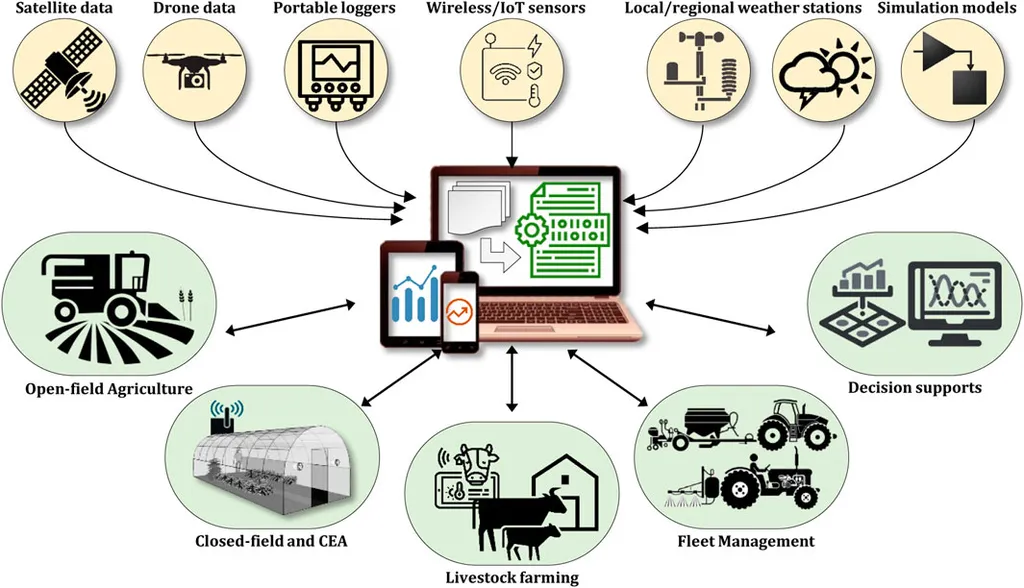In the rapidly evolving digital landscape, the way researchers access and retrieve information is undergoing a significant transformation. A recent study published in ‘بازیابی دانش و نظامهای معنایی’ sheds light on the critical role of access points to digital information resources, particularly from the perspective of humanities researchers. The research, led by Hamidreza Radfar, an Assistant Professor at the Asian Cultural Documentation Center, Institute for Humanities and Cultural Studies in Tehran, Iran, offers valuable insights that could reshape how digital information systems are designed and utilized, with potential ripple effects across various sectors, including agriculture.
The study, which surveyed academic staff members of the Institute for Humanities and Cultural Studies, identified key access points that are most valuable to researchers. For widely used types of digital content such as e-books, lithographs, and manuscripts, the title, subject, and creator of the content emerged as the most important access points. “The most important fields of attention of academic staff members in the field of searching manuscript books are title, author and subject, and the type of calligraphy and the main category are in the next ranks,” noted Radfar.
These findings underscore the need for more tailored and user-centric designs in digital information systems. For instance, in the agriculture sector, where researchers and practitioners rely heavily on digital resources for crop management, soil health, and sustainable practices, understanding the most effective access points can enhance information retrieval and decision-making processes. Imagine a farmer or agronomist searching for the latest research on drought-resistant crops. A well-designed digital system that prioritizes relevant access points like subject, title, and author can significantly streamline the search process, saving time and improving productivity.
The study also highlighted that for digital content in the form of publications, dissertations, theses, and documents, language and history are crucial. This insight could be particularly beneficial for agricultural researchers working with international data or historical farming practices. “The most important fields identified for retrieving digital documents are the subject, language and official title of the document,” Radfar explained. By ensuring that these access points are prominently featured, digital platforms can better serve the needs of users in the agriculture sector, facilitating more efficient knowledge sharing and collaboration.
Moreover, the research pointed out that specific fields of digital resources, such as file format and size, are important considerations. This is especially relevant in agriculture, where large datasets and multimedia resources are increasingly used for analysis and education. A system that allows for easy filtering and retrieval based on these criteria can enhance user experience and satisfaction.
The implications of this research extend beyond the humanities and into the agriculture sector, where the effective management and retrieval of digital information can drive innovation and sustainability. As Radfar’s study suggests, redesigning information systems to better align with user needs can lead to more efficient and effective use of digital resources. This could translate into improved agricultural practices, better resource management, and ultimately, enhanced food security.
The study’s findings also emphasize the importance of metadata and tagging in digital information systems. By focusing on the most relevant access points, catalogers and information system designers can create more intuitive and user-friendly interfaces. This can lead to increased user satisfaction and more effective dissemination of knowledge, which is crucial for advancing research and practice in agriculture.
In conclusion, the research by Hamidreza Radfar and his team offers a compelling case for the redesign of digital information systems to better meet the needs of users, particularly in the humanities and agriculture sectors. By prioritizing key access points and incorporating user feedback, these systems can become more effective tools for knowledge management and retrieval. As the digital landscape continues to evolve, such insights will be invaluable in shaping the future of information systems and their impact on various fields, including agriculture.

